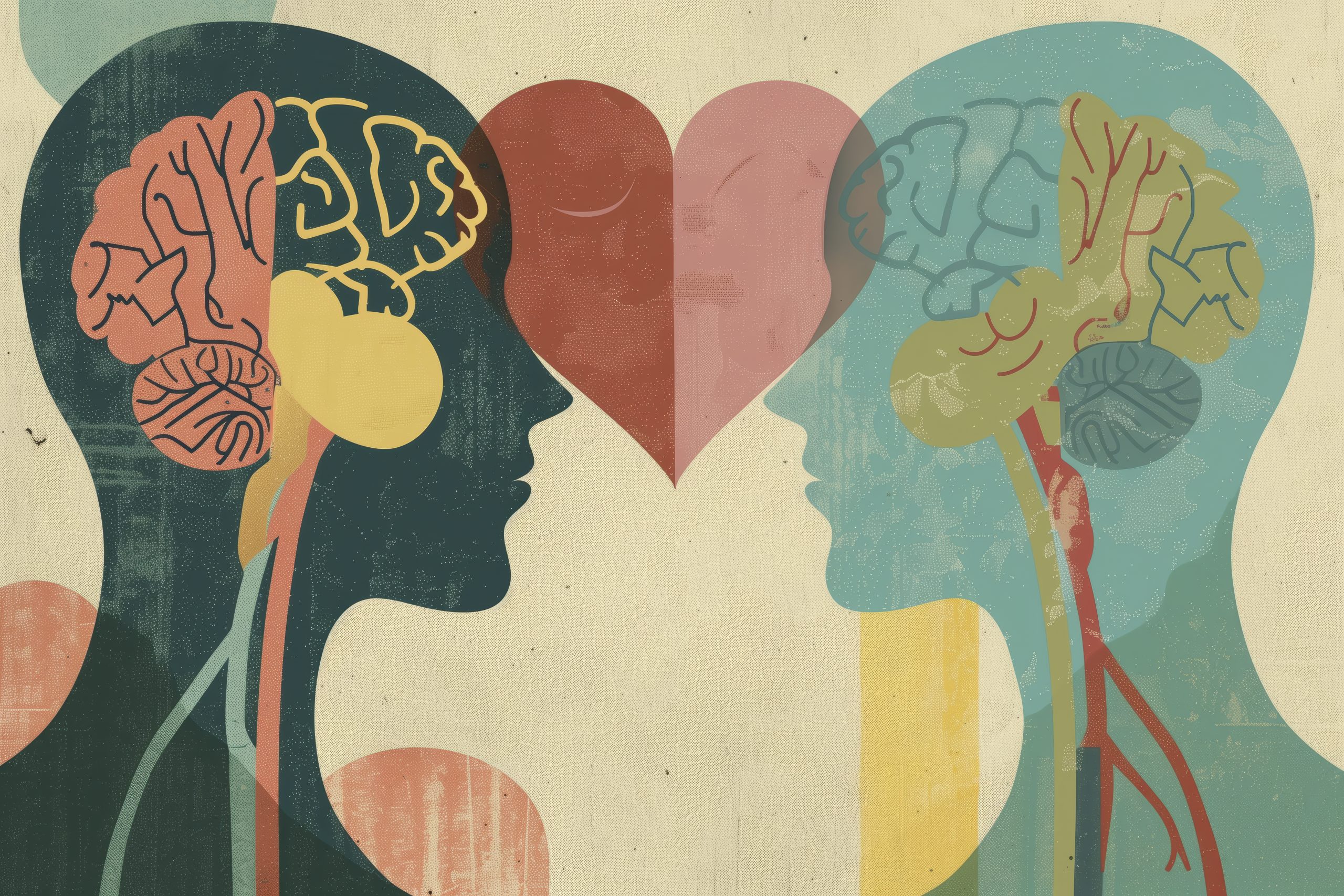
From Research to Reality: Neurodiversity in Daily Life
Understanding, Acceptance, and Inclusion
In recent years, the concept of neurodiversity has gained significant attention within both academic circles and the public domain. Neurodiversity refers to the natural variations in the human brain that lead to different ways of thinking, learning, and behaving. It encompasses a range of conditions, including autism, ADHD, dyslexia, and other cognitive differences. The neurodiversity movement challenges the deficit model of these conditions, advocating instead for recognition and appreciation of neurological differences as part of human diversity. This essay delves into the journey from research to reality in understanding, accepting, and incorporating neurodiversity into daily life.
The Evolution of Neurodiversity Research
Early research on neurodevelopmental conditions predominantly focused on identifying deficits and pathologies. Autism, for example, was once viewed through the lens of psychoanalysis, with outdated theories suggesting parental behaviour as a cause. However, the latter half of the 20th century witnessed a paradigm shift. Researchers began to explore the neurological underpinnings of these conditions, leading to better diagnostic criteria and interventions.
In the 1990s, the term “neurodiversity” was coined by sociologist Judy Singer to promote a more inclusive and positive perspective on neurological differences. Concurrently, advances in neuroscience and psychology provided deeper insights into the strengths and challenges associated with neurodiverse conditions. Studies revealed that individuals with autism might have exceptional attention to detail and unique problem-solving abilities, while those with ADHD could exhibit high levels of creativity and energy.
Neurodiversity in Education
One of the most critical areas impacted by neurodiversity research is education. Traditional educational systems often struggle to accommodate neurodiverse students, leading to frustration and underachievement. However, research has paved the way for more inclusive educational practices.
Inclusive education recognises the diverse needs of all students and seeks to provide appropriate support and accommodations. For instance, students with dyslexia might benefit from multisensory teaching methods and assistive technology, while those with autism might require structured routines and sensory-friendly environments. The implementation of Individual Education Plans (IEPs) and personalised learning approaches has further facilitated the inclusion of neurodiverse students, enabling them to thrive academically and socially.
Neurodiversity in the Workplace
The workplace is another domain where the principles of neurodiversity are gradually being embraced. Traditional employment practices often favour neurotypical individuals, inadvertently excluding those with different cognitive profiles. However, forward-thinking organisations are beginning to recognise the value that neurodiverse employees can bring to the table.
Research has demonstrated that neurodiverse individuals possess unique skills and perspectives that can drive innovation and problem-solving. For example, individuals with autism may excel in roles that require attention to detail and pattern recognition, such as software testing and data analysis. Similarly, those with ADHD may thrive in dynamic and fast-paced environments that leverage their ability to multitask and think outside the box.
To create a more inclusive workplace, companies are implementing various strategies, including sensory-friendly office spaces, flexible working hours, and clear communication protocols. Furthermore, training programmes aimed at raising awareness and understanding of neurodiversity among all employees are becoming increasingly common. Such initiatives not only enhance the well-being of neurodiverse employees but also foster a more diverse and innovative organisational culture.
Social Implications of Neurodiversity
Beyond education and employment, the neurodiversity movement has profound social implications. It challenges societal norms and prejudices, advocating for a shift in how we perceive and interact with neurodiverse individuals. Acceptance and inclusion are at the heart of this movement, promoting a society where everyone is valued for their unique contributions.
One significant aspect of this societal shift is the move away from a medicalised view of neurodiversity. While medical support and interventions remain crucial, there is a growing emphasis on understanding and respecting the lived experiences of neurodiverse individuals. Self-advocacy and peer support networks are empowering neurodiverse individuals to share their stories and shape the narrative around neurodiversity.
Media representation also plays a vital role in shaping public perception. Positive and accurate portrayals of neurodiverse characters in films, television, and literature can help break down stereotypes and foster empathy. Conversely, harmful stereotypes and misinformation can perpetuate stigma and discrimination. Therefore, responsible media representation is essential in promoting a more inclusive society.
Challenges and Future Directions
Despite significant progress, several challenges remain in the journey from research to reality regarding neurodiversity. One major challenge is the inconsistency in the implementation of inclusive practices across different sectors. While some schools and workplaces have made commendable strides, others lag, resulting in a patchwork of support and opportunities for neurodiverse individuals.
Moreover, there is a need for more research that focuses on the intersectionality of neurodiversity with other aspects of identity, such as race, gender, and socioeconomic status. Understanding how these factors intersect can help create more nuanced and effective support systems.
Another critical area for future research is the development of interventions and supports that are co-designed with neurodiverse individuals. Engaging neurodiverse voices in the research process ensures that their needs and preferences are accurately represented and addressed.
Conclusion
The journey from research to reality in understanding and embracing neurodiversity is ongoing. While significant strides have been made in recognising and valuing neurological differences, much work remains to be done to ensure full inclusion and acceptance in all areas of life. By continuing to build on the foundations of research, challenging societal norms, and fostering a culture of acceptance, we can create a world where neurodiversity is celebrated and neurodiverse individuals can thrive. In doing so, we enrich our communities and benefit from the diverse perspectives and talents that neurodiversity brings.



